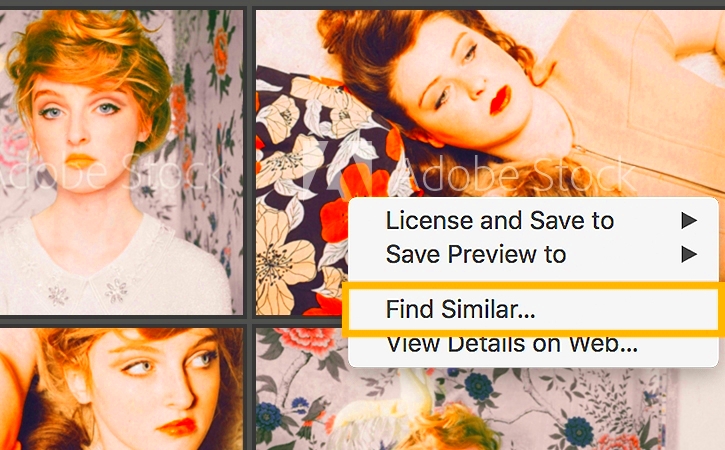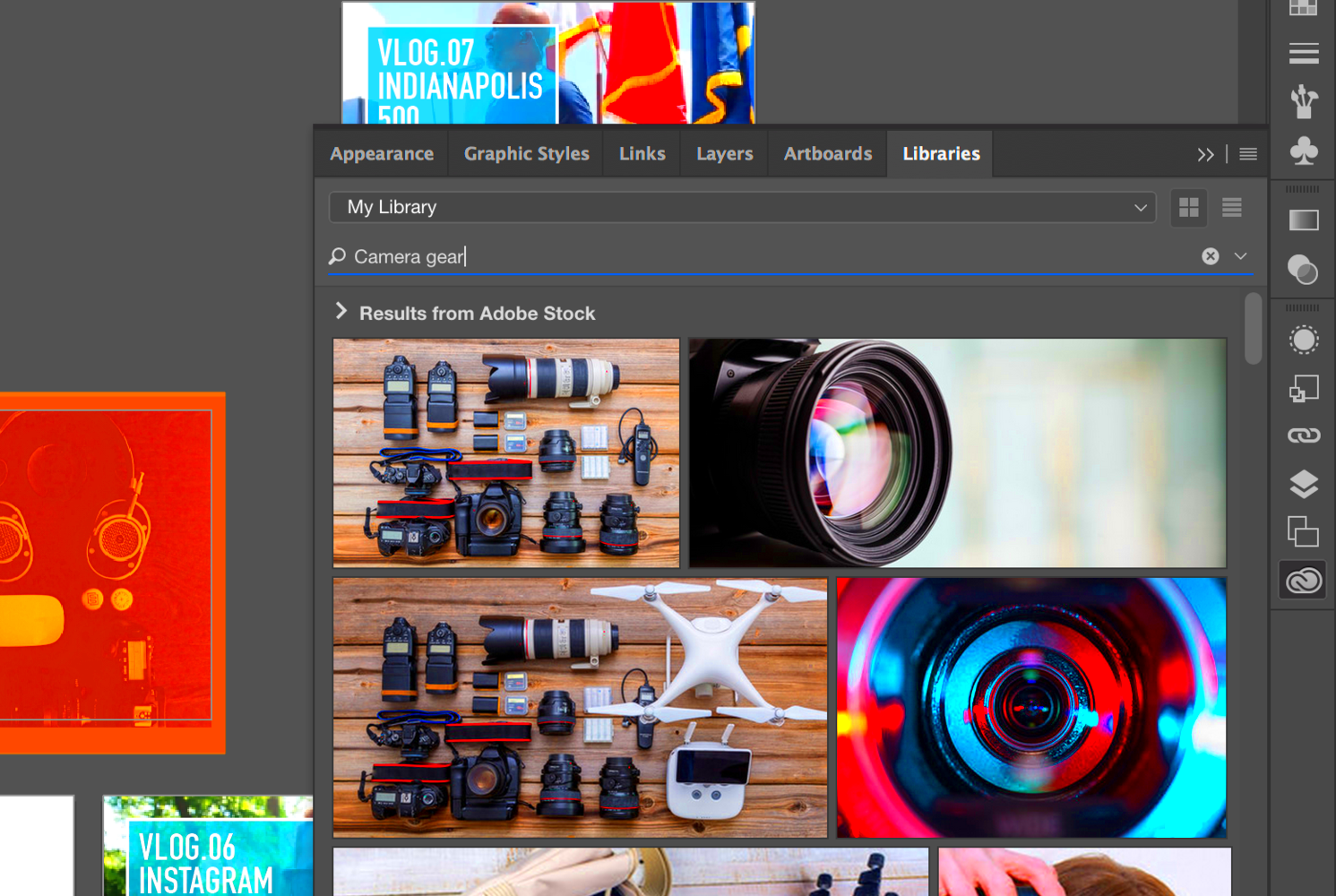In 99% of cases
Adobe Stock has become the favorite way for creatives to acquire high-quality images and videos as well as templates. Such bounty could well be a game changer for your project regardless of whether you are a veteran hand at designing or a novice in photography.I came across
Adobe Stock during my search for images to attach to my client’s presentation one day, and that was my initial encounter with the site. The simplicity of sourcing the desired visuals was true amazing, leading me to venture into this world populated by stock photographs.
Understanding Adobe Stock Photo Management

If you're utterly lost in managing your photo library on
Adobe Stock, you may need some time to get used to it but it eventually becomes second nature. It is similar to organizing your closet; instead of throwing everything into one corner, you will categorize them by seasons, colors or occasions. Likewise, with
Adobe Stock, image categorization keeps everything neat and easy to reach. Some of these vital elements include:
- Folders: Create folders to organize your images based on projects or themes.
- Tags: Use tags to add keywords to your photos for easier searching.
- Collections: Group images that share a common thread for quick access.
By putting things in order, it becomes easy to find the right picture just like how it goes with a neat photo album.
Steps to Access Your Photos

Your portfolio on
Adobe Stock can be easily accessed by anyone. Follow me as I take you through how I first interacted with this platform:
- Log In: Start by logging into your Adobe account. If you don’t have one, creating an account is quick and easy.
- Go to Your Library: Once logged in, click on the “My Library” section. This is your personal space where all your purchased and saved images reside.
- Search for Images: Use the search bar to find specific images. You can type in keywords or use filters to narrow down your search results.
- View Your Photos: Click on any image to view it in detail. Here, you can also see options for downloading or adding it to a collection.
Every time I go through my pictures, countless memories flood my mind. This is not merely about stock photography; it is also about messages behind each image.
Organizing Your Adobe Stock Photos
My collection of images was an absolute shambles when I started off with
Adobe Stock. I used to download pictures without bothering to tag them and hence wasted precious hours looking for that one elusive picture. Eventually, I understood the importance of being organized even in small ways (it may sound so trivial).This is similar to your kitchen; if everything has its right place, cooking should be fun instead of a burden (in short). These are some of the best practices that have served me best:
- Create Folders: Just like separating spices, make distinct folders for various projects. For example, you could have folders for weddings, nature, or marketing materials.
- Use Descriptive Names: Instead of generic labels, give your images descriptive names. This makes it easier to recall and find specific photos later.
- Leverage Collections: Collections are great for grouping images that fit a particular theme or project. You could create a collection for a seasonal campaign or a personal project.
Keep in mind that maintaining order brings about efficiency due to reduced image search time thereby giving room for creativity in visuals that are appealing.
Using the Adobe Stock Downloader
Having been using
Adobe Stock frequently, I ought to say the
Adobe Stock Downloader is super convenient. Your pictures are picked by it for you even in times of haste. This is a method on which one can maximize its usage.
- Install the Downloader: First, download and install the Adobe Stock Downloader from the official site. It’s quick and doesn’t take much space on your device.
- Select Your Photos: Open the downloader and browse through your library. You can select multiple images at once, which saves a lot of time.
- Choose File Format: Depending on your project, you can choose the file format that suits your needs best—JPEG, EPS, or others.
- Download with Ease: Click the download button, and voilà! Your images will be saved directly to your specified folder.
Due to the tight deadlines, this tool has been a life saver for me. It is efficient and easy to use thus I am able to concentrate on my creative process instead of technical things.
Best Practices for Managing Your Photo Library
Throughout time, I’ve come to understand that overseeing a photo collection does not merely involve keeping pictures; it’s about fostering an atmosphere that gives rise to innovation. Below are certain things I abide by in order to maintain my Adobe Stock repository:
- Regularly Review Your Library: Take time to go through your library every few months. Remove images you no longer need and keep only what inspires you.
- Back-Up Your Files: Use cloud storage or external drives to back up your important images. You never know when a technical glitch might occur.
- Stay Updated: Keep an eye on Adobe Stock for new features and updates. The platform evolves constantly, and new tools can streamline your workflow.
- Engage with the Community: Connect with other Adobe Stock users. Sharing experiences and tips can provide fresh perspectives and inspiration.
By employing these techniques, managing your photograph library is no longer a load but a pleasurable adventure for yourself. Rather it is important to feed your creative inner self with orderliness. In fact, an orderly library may ignite the flames of imagination in some unanticipated ways.
FAQ
1. How do I organize my photos in Adobe Stock?
You can create folders, use descriptive tags, and group images into collections based on themes or projects for easier access.
2. What are the steps to access my photos?
Log into your Adobe account, navigate to "My Library," use the search bar for specific images, and click on any image to view details or download.
3. How can I use the Adobe Stock Downloader?
Download and install the Adobe Stock Downloader, select your photos, choose your desired file format, and download them directly to your folder.
4. What are some best practices for managing my photo library?
Regularly review your library, back up your files, stay updated on new features, and engage with the community for inspiration.
Conclusion
Adobe Stock offers an efficient way to manage and access high-quality images, making it a favorite among creatives. By implementing organizational strategies and utilizing tools like the Adobe Stock Downloader, you can enhance your creative workflow. Ultimately, maintaining an orderly photo library not only saves time but also fuels your creativity, allowing you to delve deeper into your projects with ease.
 If you're utterly lost in managing your photo library on Adobe Stock, you may need some time to get used to it but it eventually becomes second nature. It is similar to organizing your closet; instead of throwing everything into one corner, you will categorize them by seasons, colors or occasions. Likewise, with Adobe Stock, image categorization keeps everything neat and easy to reach. Some of these vital elements include:
If you're utterly lost in managing your photo library on Adobe Stock, you may need some time to get used to it but it eventually becomes second nature. It is similar to organizing your closet; instead of throwing everything into one corner, you will categorize them by seasons, colors or occasions. Likewise, with Adobe Stock, image categorization keeps everything neat and easy to reach. Some of these vital elements include: Your portfolio on Adobe Stock can be easily accessed by anyone. Follow me as I take you through how I first interacted with this platform:
Your portfolio on Adobe Stock can be easily accessed by anyone. Follow me as I take you through how I first interacted with this platform:
 admin
admin








